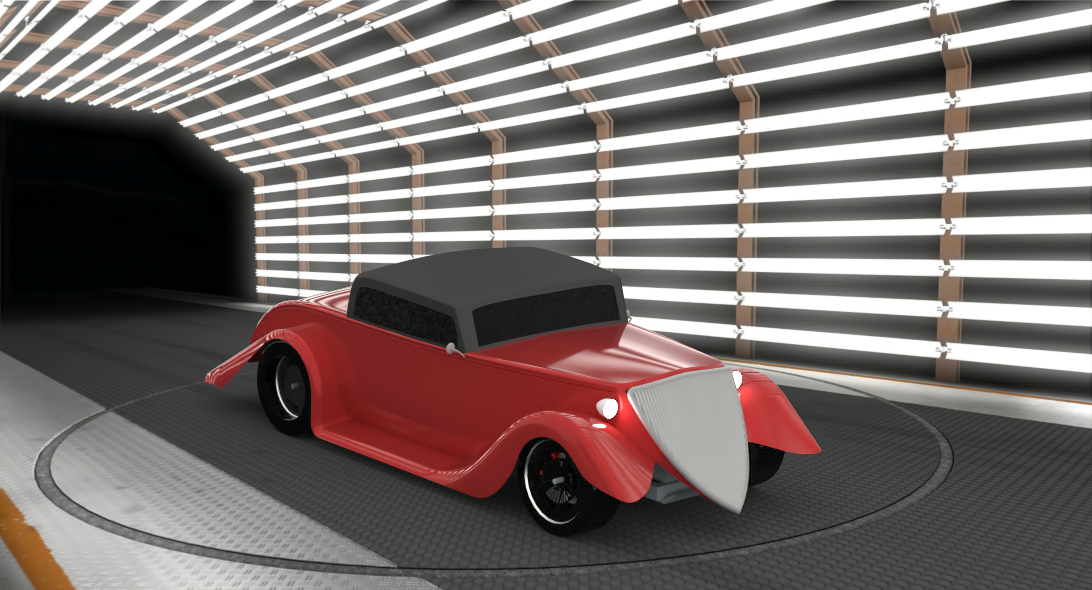RC Vehicle Modeling
In 3D CAD modeling, non-parametric modeling lacks the flexibility for easy adjustments and constraints, making it difficult to modify designs efficiently without rebuilding the model from scratch. Our team aims to solve this problem by disassembling a RC vehicle and creating a parametric model of the vehicle while also performing various analyses on the model.

To build the parametric model, we divide the vehicle into four parts: The front assembly, the rear assembly, the body assembly and the chassis assembly. We used a top-down design to ensure that everyone's assembly can fit together. We then defined 23 master parameters throughout the model that can be passed down to every member’s own assembly.
We tested our CAD model using a combination of different scaling parameters. Our model is able to scale up to ten times in each direction.
Parametric Modeling
My Topology optimization on the shock tower was able to reduce 32.4% of the mass while maintaining a factor of safety of 2.
Topology Optimization
We also performed CFD analysis on the car shell and concluded that the car is subjected to 1.216N of wind drag when traveling at 40 mph.
CFD Analysis
Motion Simulation
I performed motion simulation on the front wheel assembly that I have modeled.
FEA Analysis
I performed finite element analysis on parts that we suspect to have high-stress concentration. One of them is the shock tower. The FEA result shows a large deflection (0.309 in). However, the point of concern is the connection point which experiences the highest stress (15.62 Kpsi) where the arms experience very little stress.







